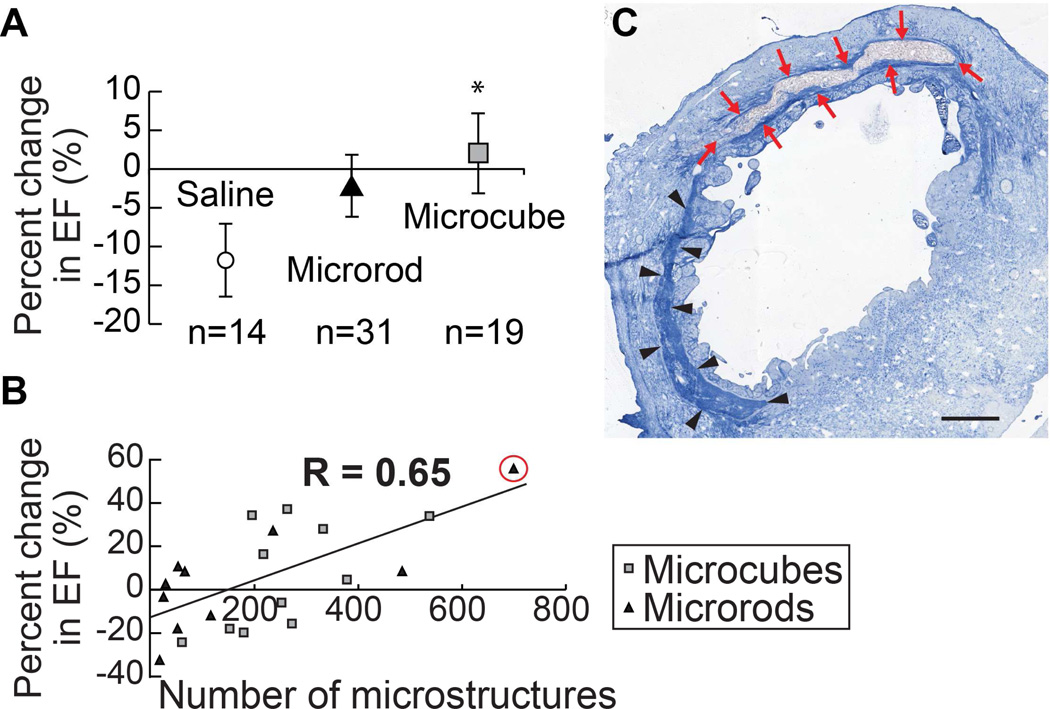Fig. 7. Functional benefits of microstructure injection.
The relative change in ejection fraction (EF) over the course of the six weeks as compared to the EF after infarct induction, immediately preceding microstructure injection or saline control injection, was calculated by the formula (EF6 weeks – EFinitial)/EFinitial. Injection of microrods and microcubes mitigated the chronic decline in heart function typically seen in untreated hearts, as depicted by the saline-injected control group. (One-tailed student’s t-test, * = p < 0.05 as compared to saline control. Data points indicate the mean. Error bars represent 95% confidence intervals) (A). Microstructures recovered in the tissue were quantified, showing a direct correlation between functional outcomes and microstructure delivery efficiency (Pearson Correlation Coefficient, R = 0.65) (B). Aniline blue stained section of the highest performing heart (change in EF = +56%) shows a large pocket of microrods in the infarct zone with reduced adjacent collagenous scarring (arrows, red) as compared to the distal region of the infarct with no microrods present (arrowheads, black) (C). Scale bar = 1 mm.

